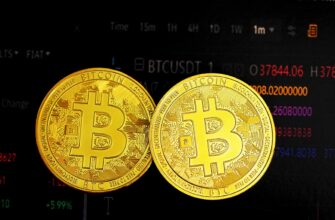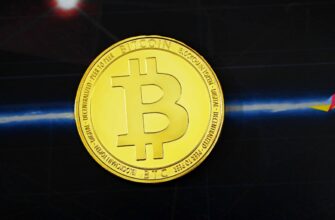What Is the SWISX “ETF”? (Spoiler: It’s Actually a Mutual Fund)
Despite common searches for “SWISX ETF,” the Schwab International Index Fund (SWISX) is actually a low-cost mutual fund tracking international stocks. Designed for long-term investors, it provides diversified exposure to established companies across developed markets outside the United States. SWISX replicates the performance of the MSCI EAFE Index (Europe, Australasia, Far East), making it a core holding for global portfolio diversification.
Why SWISX Stands Out in International Investing
- Ultra-Low Expense Ratio: At just 0.06%, SWISX is among the cheapest international funds available.
- Broad Market Coverage: Holds over 1,300 stocks across 21 developed countries including Japan, UK, and France.
- Passive Management: Automatically mirrors the index, minimizing human bias and trading costs.
- Dividend Reinvestment: Automatically compounds dividends to accelerate growth.
- Schwab Ecosystem Integration: No transaction fees when traded through Schwab platforms.
SWISX vs. International ETFs: Key Differences
While often compared to ETFs like VXUS or IXUS, SWISX operates as a traditional mutual fund:
| Feature | SWISX (Mutual Fund) | International ETFs |
|---|---|---|
| Trading | Priced once daily after market close | Intraday trading like stocks |
| Minimum Investment | $0 at Schwab | 1 share (~$50-$70) |
| Automatic Investing | Supports recurring investments | Manual purchases required |
| Tax Efficiency | Less efficient in taxable accounts | Generally more tax-efficient |
How to Add SWISX to Your Portfolio
- Open a Schwab Account: Required for no-transaction-fee purchases.
- Determine Allocation: Experts suggest 15-40% of stock portfolio for international exposure.
- Choose Investment Method: Lump sum or dollar-cost averaging ($100 minimum).
- Monitor and Rebalance: Review annually to maintain target allocation.
Potential Risks to Consider
- Currency Fluctuations: Exchange rate changes can impact returns for U.S. investors.
- Geopolitical Instability: Events like Brexit affect international markets disproportionately.
- No Emerging Markets: SWISX excludes high-growth countries like China and India.
- Concentration Risk: Over 25% in Japanese equities as of 2023.
Frequently Asked Questions (FAQ)
Q: Is SWISX actually an ETF?
A: No. Despite the “ETF” search confusion, SWISX is a mutual fund. Schwab’s international ETF equivalent is SCHF.
Q: What’s the minimum investment for SWISX?
A: $0 for Schwab accounts, though initial purchases require at least $1. Automatic investments start at $100.
Q: Does SWISX pay dividends?
A: Yes, annually in December. Yield typically ranges between 2-4%.
Q: How does SWISX compare to Vanguard’s VTIAX?
A: Both track similar indexes, but VTIAX includes emerging markets and has a slightly higher 0.11% expense ratio.
Q: Can I hold SWISX in a retirement account?
A: Absolutely. Its tax-inefficiency makes it ideal for IRAs or 401(k)s where dividends aren’t taxed annually.
Q: What’s the historical performance?
A: Since inception (1997), SWISX has averaged ~5.5% annual returns. Past performance doesn’t guarantee future results.








